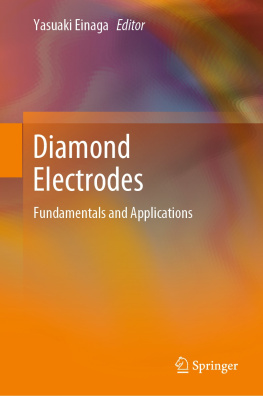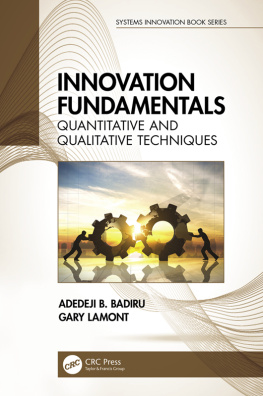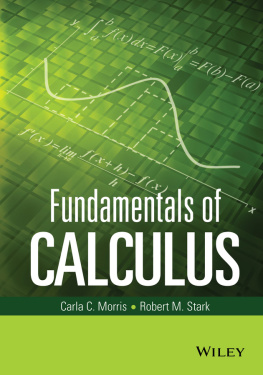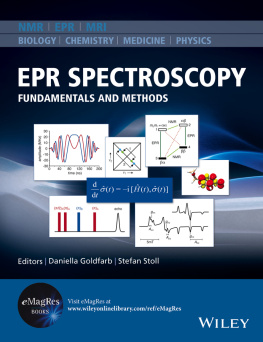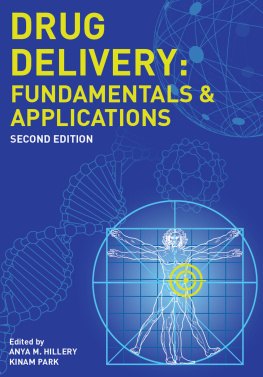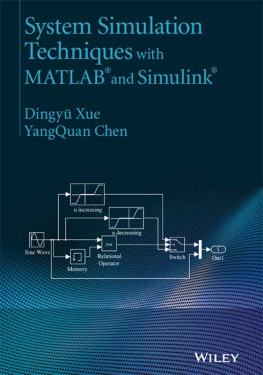Mayank Kejriwal - Fundamentals, Techniques, and Applications
Here you can read online Mayank Kejriwal - Fundamentals, Techniques, and Applications full text of the book (entire story) in english for free. Download pdf and epub, get meaning, cover and reviews about this ebook. publisher: MIT Press, genre: Romance novel. Description of the work, (preface) as well as reviews are available. Best literature library LitArk.com created for fans of good reading and offers a wide selection of genres:
Romance novel
Science fiction
Adventure
Detective
Science
History
Home and family
Prose
Art
Politics
Computer
Non-fiction
Religion
Business
Children
Humor
Choose a favorite category and find really read worthwhile books. Enjoy immersion in the world of imagination, feel the emotions of the characters or learn something new for yourself, make an fascinating discovery.

- Book:Fundamentals, Techniques, and Applications
- Author:
- Publisher:MIT Press
- Genre:
- Rating:4 / 5
- Favourites:Add to favourites
- Your mark:
- 80
- 1
- 2
- 3
- 4
- 5
Fundamentals, Techniques, and Applications: summary, description and annotation
We offer to read an annotation, description, summary or preface (depends on what the author of the book "Fundamentals, Techniques, and Applications" wrote himself). If you haven't found the necessary information about the book — write in the comments, we will try to find it.
Fundamentals, Techniques, and Applications — read online for free the complete book (whole text) full work
Below is the text of the book, divided by pages. System saving the place of the last page read, allows you to conveniently read the book "Fundamentals, Techniques, and Applications" online for free, without having to search again every time where you left off. Put a bookmark, and you can go to the page where you finished reading at any time.
Font size:
Interval:
Bookmark:
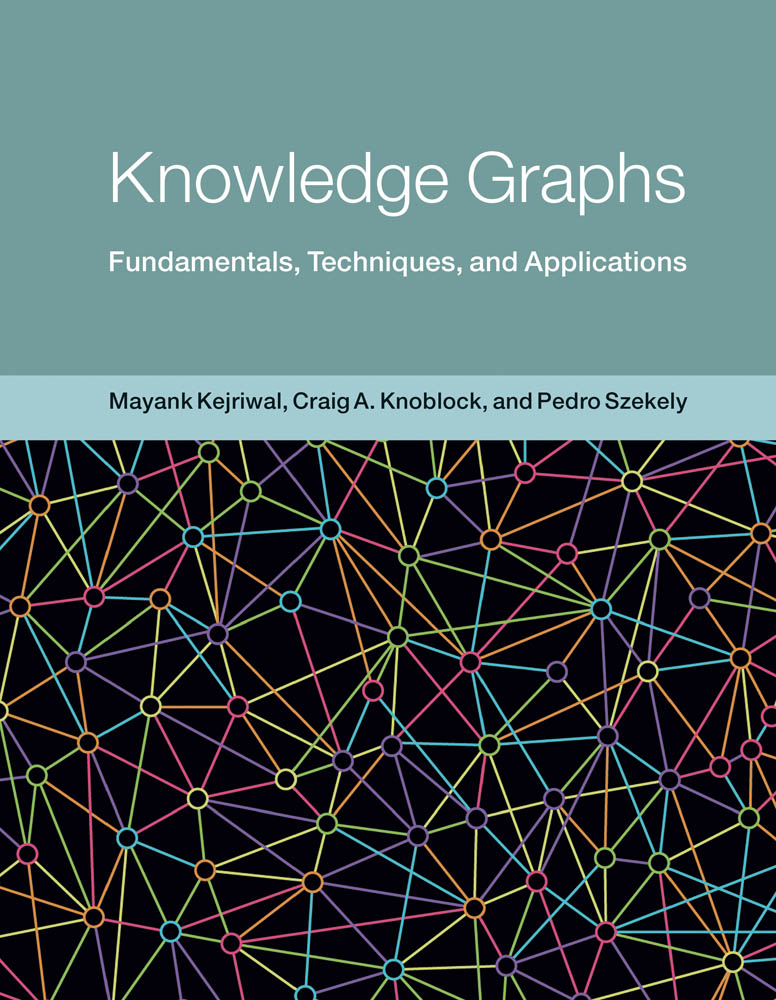
Knowledge Graphs
Fundamentals, Techniques, and Applications
Mayank Kejriwal, Craig A. Knoblock, and Pedro Szekely
The MIT Press
Cambridge, Massachusetts
London, England
2021 Massachusetts Institute of Technology
This work is subject to a Creative Commons CC-BY-NC-ND license. Subject to such license, all rights are reserved.

The MIT Press would like to thank the anonymous peer reviewers who provided comments on drafts of this book. The generous work of academic experts is essential for establishing the authority and quality of our publications. We acknowledge with gratitude the contributions of these otherwise uncredited readers.
Library of Congress Cataloging-in-Publication Data is available.
Names: Kejriwal, Mayank, author. | Knoblock, Craig A., 1962- author. | Szekely, Pedro, author.
Title: Knowledge graphs: fundamentals, techniques, and applications / Mayank Kejriwal, Craig Knoblock, and Pedro Szekely.
Description: Cambridge, Massachusetts: The MIT Press, [2021] | Series: Adaptive computation and machine learning series | Includes bibliographical references and index.
Identifiers: LCCN 2020028169 | ISBN 9780262045094 (hardcover)
Subjects: LCSH: Information visualization.
Classification: LCC QA76.9.I52 K45 2021 | DDC 001.4/226dc23
LC record available at https://lccn.loc.gov/2020028169
d_r0
A version of the Knigsberg Bridge Problem [as illustrated by Euler (1741) himself in his figure 1 from Solutio problematis ad geometriam situs pertinentis, Enestrm 53]. On the right, the problem is modeled as a graph, with divisions as nodes, and bridges as edges. Figure obtained from MAA Euler Archive (copyright expired).
Representing knowledge as a graph: A simple KG fragment.
Results displayed by Google in response to queries such as places to visit in Los Angeles, which include not just a ranked list of webpages, but actual entities corresponding to user intent.
A knowledge panel describing the first movie in the Lord of the Rings series, in response to the keyword query lord of the rings.
An illustration of an academic KG, showing two publications with overlapping authors. While oval nodes represent resources or entities, rectangles are used to represent literals, such as strings and numbers.
An illustration of a Product KG, showing two different products.
An illustration of a social network, illustrated as a KG.
A fragment of an Event KG expressing distinct geopolitical phenomena.
(i.e., the subject in the triple is actually http://xmlns.com/foaf/0.1/name, and similarly, the prefix : before mayank_kejriwal is meant to express that mayank_kejriwal lies in the default namespace). In this case, the object is a literal; by convention, literals are represented as rectangles, while URI nodes and blank nodes are elliptical.
A KG fragment in its conceptual graph representation (above), and N-triples representation (below). The rdf and foaf prefixes represent the namespaces indicated in the N-triples fragment. The authors URIs are for indicative purposes only. Prefixes are not permitted in the N-triples representation.
A KG fragment expressed in Turtle as a predicate list.
A triple as it would be represented in a property graph model. Note how both the nodes and the edges are key-value data structures rather than URIs or literals.
One approach to represent a set of triples or a triplestore as a property table. In a property-centric representation such as this, properties are elevated to the status of metadata as column headers (or even tables in themselves for multivalued properties) rather than values (the values in the cells of the second column in the original triplestore representation). In the derived tables, note that objects (or type) will always be the cell values, not including the first column, which is always the subject.
Info boxes for The Joker in the English and French Wikipedias, retrieved from en.wikipedia.org/wiki/Joker_(character) and fr.wikipedia.org/wiki/Joker_(comics), respectively.
A KG fragment from Wikidata for The Joker.
A simplified illustration of the Semantic Web Layer Cake.
An illustration of the semantic information provided by the WordNet lexical resource for a common noun such as politician.
A context graph (with two layers) of a target document.
The interface of the NYU DDT, used for discovering relevant webpages over the web for an Ebola-related domain.
Two contrasting versions and applications of IE for constructing KGs over raw sources. Web IE operates over webpages, and attempts to extract a KG with entities, relations, or even events, while NER extracts instances of concepts such as PERSON or LOCATION. Concepts come from an ontology that can be domain-specific. To supplement the instances, and interconnect them with relations, relation extraction has to be executed as another step.
A simple concept ontology, named instances of which need to be extracted by an NER system. The ontology fragment is based on the real-world DBpedia ontology. RDFS and DBO, which stand for Resource Description Framework Schema and DBpedia Ontology, respectively, indicate that the vocabulary terms (e.g., dbo:writer) lie in these namespaces.
A practical architecture for NER can depend heavily on other elements of the pipeline, such as preprocessing and tokenization, as well as the availability of external resources such as lexicons and pretrained word embeddings (described in subsequent sections of this chapter). A complete description of these modules is beyond the scope of this book, but it may be found in any standard text or survey on Natural Language Processing.
A CRF as applied to the task of NER. Unlike ordinary supervised classification, which would make an i.i.d. assumption and try to classify each term in the input sequence independently, CRFs (and other models like it) model dependencies to get better accuracy without necessarily becoming intractable. The dark nodes are output nodes that technically produce a probability over the full set of labels [which includes all concepts, and also a Not Applicable (NA)-type concept indicating that no named entity is present]. There are standard mechanisms for handling multiword extractions like Bay Area.
Representation learning (embedding) over words, given a sufficiently large corpus of documents (sets of sequences of words). We show words in the neighborhood of politics. For visualization purposes, the vectors have been projected to two dimensions. The mechanics behind representation learning are detailed in chapter 10, which describes how to embed KGs, including the actual neural network architectures that tend to be used for these embeddings.
A character-based RNN architecture as applied to NER for an input sentence such as Michaels birthday is coming.
. The original webpage was taken from lawyers.findlaw.com/lawyer/firm/auto-dealer-fraud/los-angeles/california.
.
An EC model (above) of a hypothetical webpage describing reviews for academic papers, and some Stalker rules (below) for extracting reviewers and their accept/reject decisions.
An overview of how RoadRunner performs unsupervised web IE.
Font size:
Interval:
Bookmark:
Similar books «Fundamentals, Techniques, and Applications»
Look at similar books to Fundamentals, Techniques, and Applications. We have selected literature similar in name and meaning in the hope of providing readers with more options to find new, interesting, not yet read works.
Discussion, reviews of the book Fundamentals, Techniques, and Applications and just readers' own opinions. Leave your comments, write what you think about the work, its meaning or the main characters. Specify what exactly you liked and what you didn't like, and why you think so.

